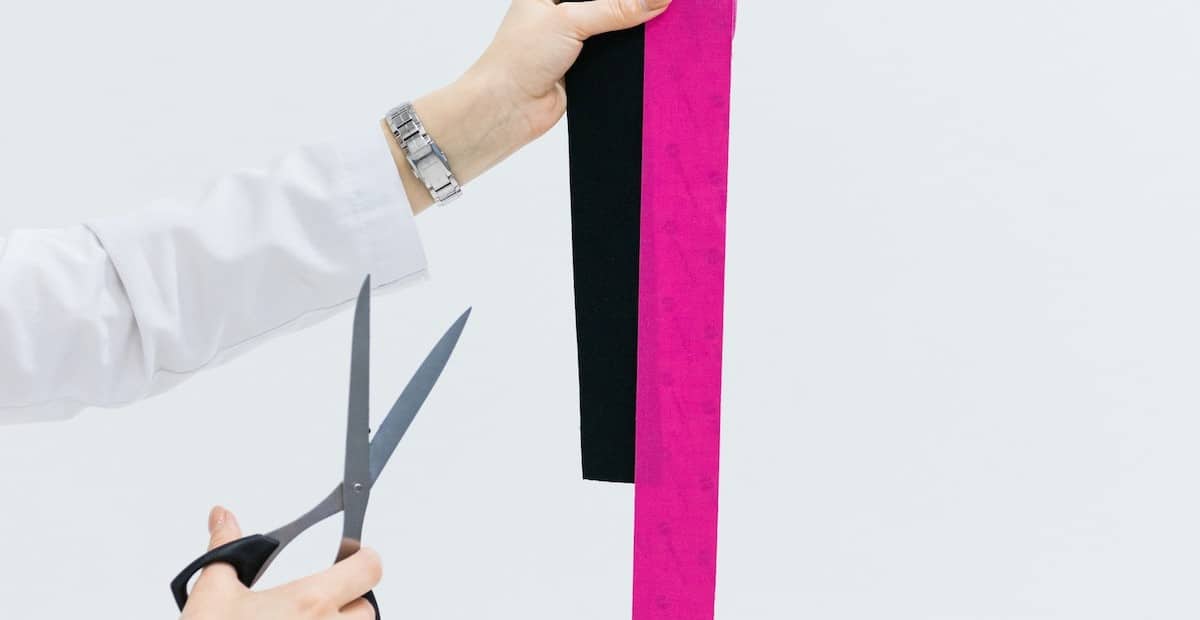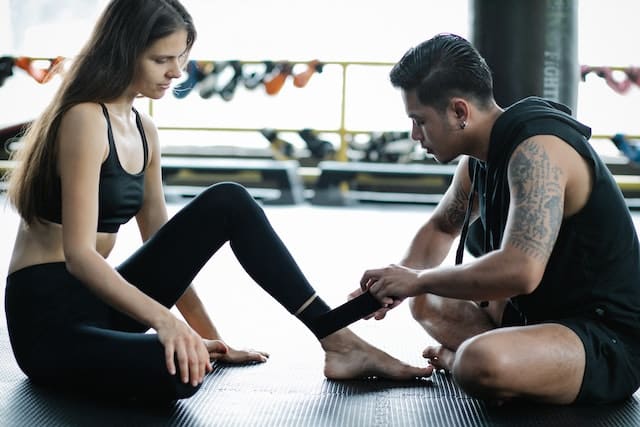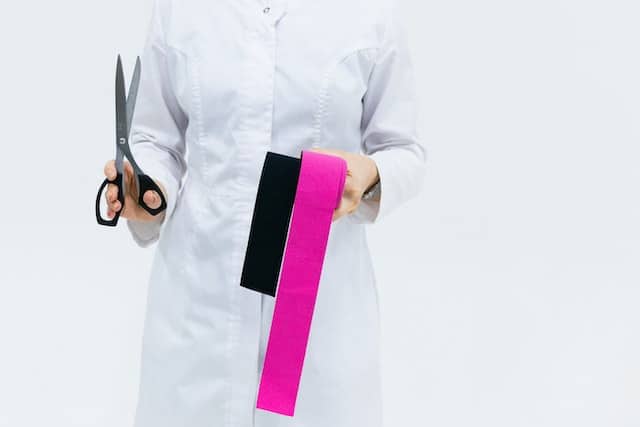
Contents
Achilles tendonitis and Achilles tendon issues in general, can be show-stopping, so let’s stop them today
Let’s start by identifying what the Achilles tendon is. You may have heard of our good friend Achilles, the infamous Greek Warrior in the Trojan war. Legend has it, he was dipped in a pool of mythical elixir by his mother, a concoction that rendered him with god-like resistance. However, when his mother dipped him, it was by his heel, deeming this bodily part a potentially fatal weakness.
Long story short, it’s the tendon on the back of your heel, and no, it doesn’t really have anything to do with the mythical story.
Scientifically, the Achilles tendon is defined as the strongest tendon in the body, linking the heel bone to the calf muscle. But due to the location of this tendon, when something goes wrong, it goes wrong big.
The cruciality of this tendon is such that, unsurprisingly, it could stop your running career in an instant. So, when you’re inflicted with the common Achilles Tendonitis, a degenerative issue causing inflammation and stiffness, what should you do?
Taping techniques
Taping is a great way to help with Achilles injuries and, indeed, prevent further injury. Achilles tendon taping techniques can often be all you need to do to prevent stiffness and pain in your tendon, making running a more than doable spectacle.
Here are some types and properties from Vive Health –
”Athletic tape

- Rigid
- Non-breathable sports tape
- Been used in physical therapy offices for years.
- Wrapped around joints and muscles to give additional support and compression.
- Similar experience to wearing a brace
- High level of support to both Achilles and heel bone
Kinesiology tape

- Flexible
- breathable sports tape
- Relatively new to the sports medicine world
- Sometimes called Kinesio tape or KT tape
- Doesn’t provide significant joint support but slightly lifts the skin to increase both blood and lymphatic circulation.
- Improves healing time and proprioception.
- Often used after the immediate injury phase has passed to prevent reinjury”
Clearly, you have options when it comes to taping, and the befits and properties will depend on what your issue is. Read the specifics and get taping.
But wait…
There are things you need to look out for, negatives that, if you were to miss, could cause some serious issues. Just like avoiding running when you have calf muscles problems, there are times when taping might not be the best way to go.
If you have torn or ruptured your Achilles, for example, then you shouldn’t tape it – it can just make it worse and actually stunt recovery. The same goes for bone fractures, skin wounds (for obvious reasons), circulation problems and so on. The right taping technique may exist, but it’s also a big no-no with sometimes hidden injuries – stay vigilant.
Conclusion
Overuse, prior injury or basic genetics, we’re all going to be subject to an injury at some point during our lives, but as with most things, there is often a best practice to deal with these setbacks. Take the time to analyse your problem with care and then set about following the best route to recovery and repair. Don’t skip stages, as this could result in further damage and extend your rehab period.
From body weight to diet, tendon and muscular pain can be caused by a good few things. And remember, never ignore these pains, as even more pain is always an unfortunate possibility if left untreated.
FAQs
What if my tendon feels jagged?
Then the right thing to do is search online. It could be a tear or something worse, so do the research and get medical treatment if needed. Don’t ignore it – it may be that you simply need some anti-inflammatory medication to sort the issue.